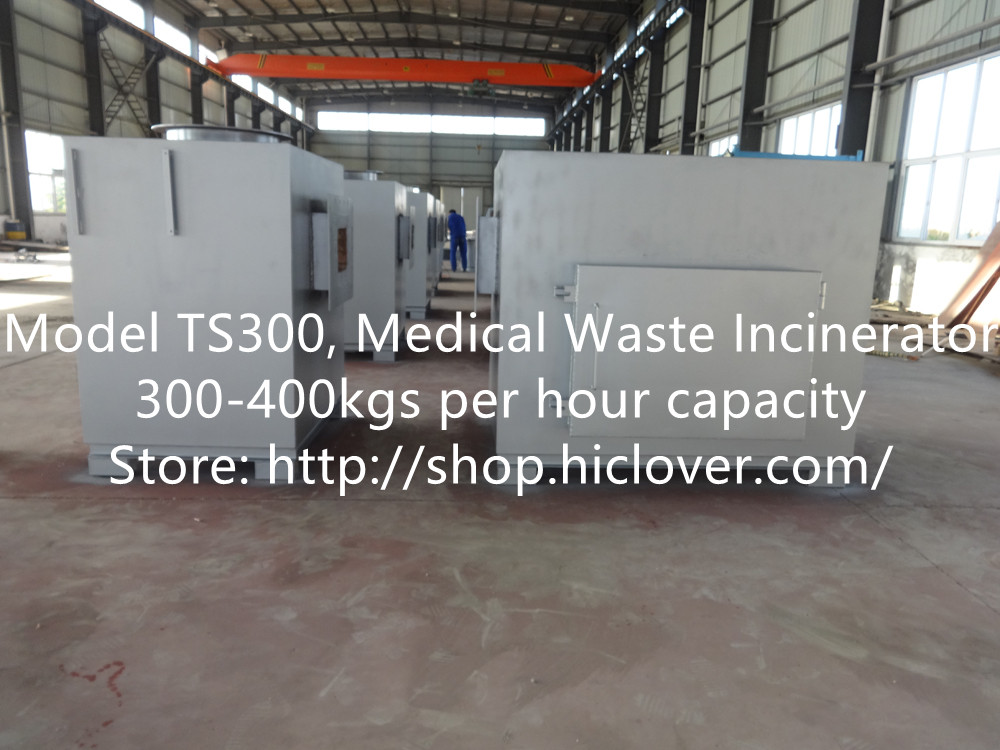Incinerators are commonly used for the disposal of various types of waste, including medical, hazardous, and municipal solid waste. It is important for incinerators to operate efficiently in order to minimize the environmental impact and reduce operational costs. One key factor in measuring the efficiency of an incinerator is the kilograms per hour factor.
The kilograms per hour factor refers to the amount of waste that an incinerator can process in a given period of time. This factor is a crucial measure of an incinerator’s efficiency, as it directly impacts the incinerator’s capacity to handle waste and its overall performance.
Incinerator efficiency is often evaluated based on the amount of waste processed per unit of time. The higher the kilograms per hour factor, the more efficient the incinerator is at disposing of waste. This is important because it indicates the incinerator’s ability to handle large volumes of waste, which is essential for facilities that generate significant amounts of waste on a regular basis.
In addition to measuring the amount of waste processed per hour, the kilograms per hour factor also takes into account the energy and resources required to operate the incinerator. This includes factors such as fuel consumption, electricity usage, and emissions generated during the incineration process. A high kilograms per hour factor indicates that the incinerator is able to process a large amount of waste using minimal resources, reducing the environmental impact and operating costs.
Measuring the kilograms per hour factor also allows incinerator operators to assess the performance of their incinerator and identify areas for improvement. By monitoring the amount of waste processed over time, operators can determine if the incinerator is operating at its maximum capacity and identify any bottlenecks or inefficiencies in the system. This information can then be used to make adjustments to the incinerator’s operation, increase its efficiency, and reduce operational costs.
There are several factors that can influence the kilograms per hour factor of an incinerator, including the type and composition of the waste being processed, the design and technology of the incinerator, and the operational and maintenance practices. For example, a well-maintained and properly operated incinerator is likely to have a higher kilograms per hour factor than one that is poorly maintained and operated.
In conclusion, the kilograms per hour factor is a critical measure of an incinerator’s efficiency and performance. It provides valuable insights into the incinerator’s capacity to handle waste, its resource utilization, and its overall environmental impact. By monitoring and optimizing the kilograms per hour factor, incinerator operators can improve the efficiency of their incinerator, reduce operational costs, and minimize the environmental impact of waste disposal.



